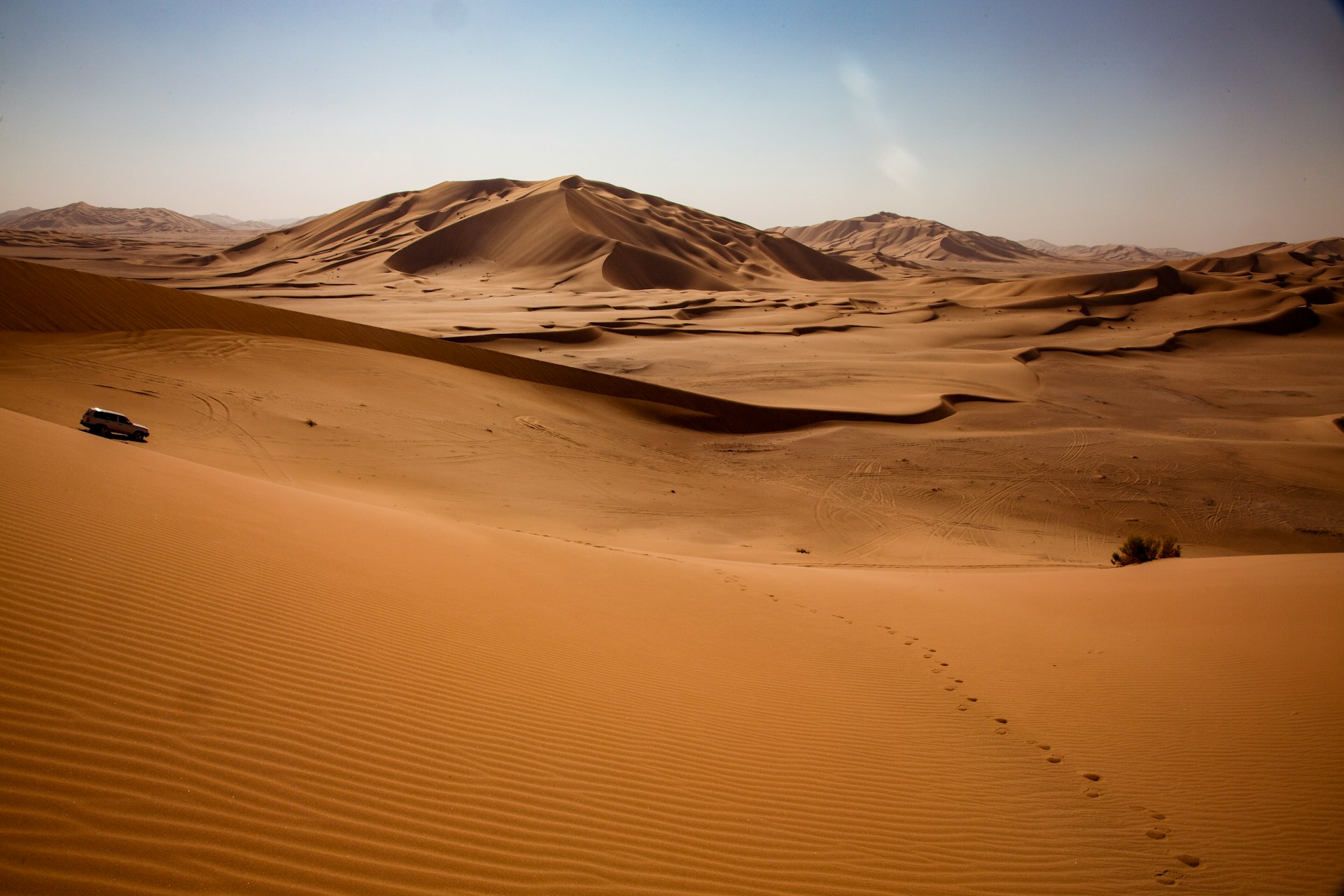Oman, officially known as the Sultanate of Oman, is a country located in southwestern Asia, featuring a diverse landscape and unique coastal regions. While renowned for its rich history and architectural wonders, Oman is also home to a variety of dangerous animals. From venomous snakes like the saw-scaled viper to scorpions and Arabian leopards, navigating Oman’s natural terrain requires caution and awareness of the potential wildlife encounters. Despite the allure of its ancient artifacts and cultural heritage, visitors must remain vigilant in the face of these natural hazards to ensure a safe and memorable experience.
Table of Contents
Why visit Oman?

Oman, like the rest of the Persian Gulf, typically experiences hot climates, with summer temperatures ranging from 30 to 40 degrees Celsius. If you seek a destination where you can enjoy summer-like weather year-round, Oman is the place to be. Beyond the climate, the charm of the people and the diverse cultural richness make it a unique destination. Exploring local cuisine is a must, offering a glimpse into their lifestyle.
However, it’s crucial to keep a watchful eye during your visit to Oman, given the desert climate that is home to some of the most dangerous animals in the world. Here are some of the dangerous animals you might encounter in Oman.
Egyptian Vulture
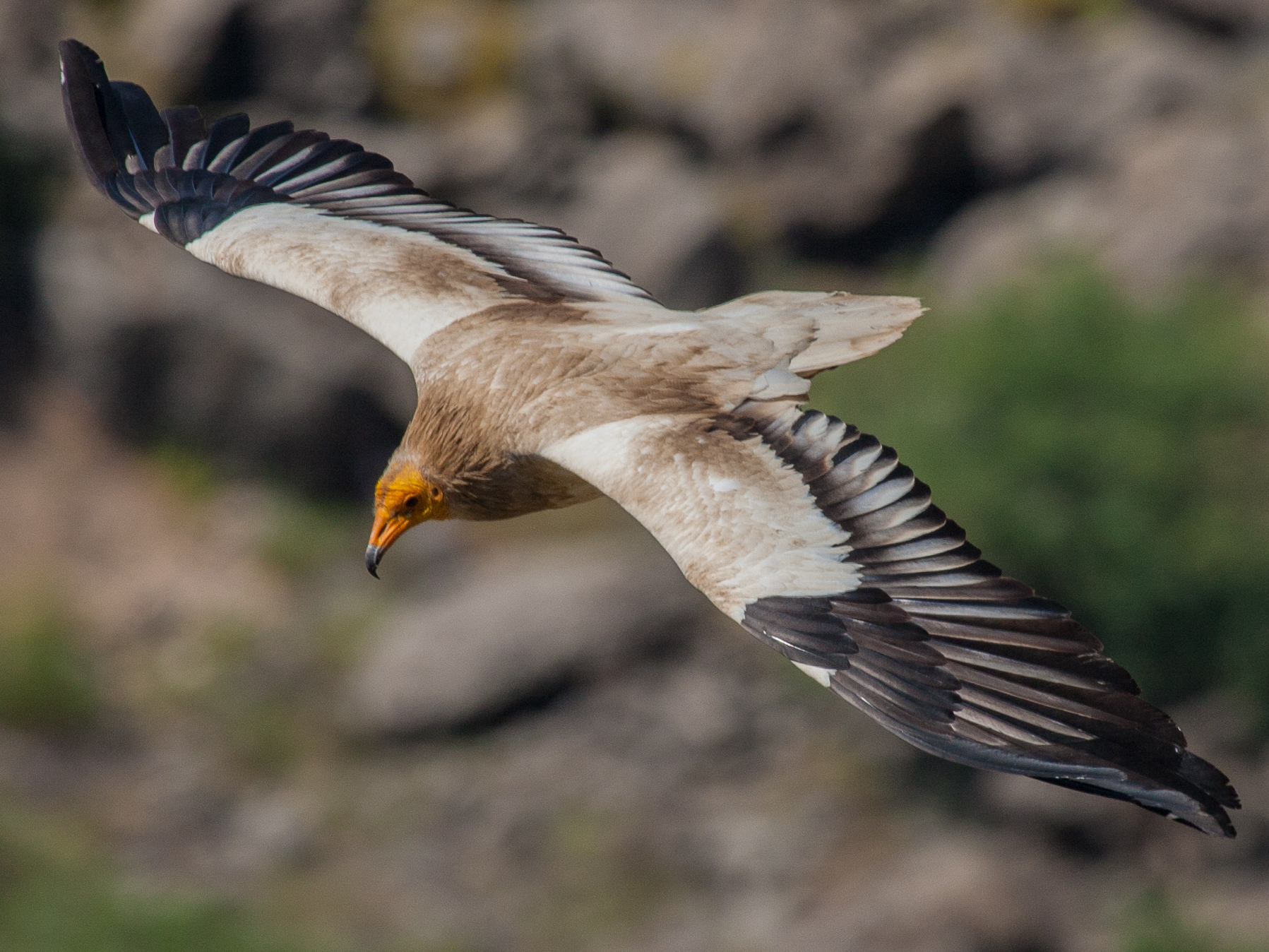
The Egyptian vulture, also known as the white scavenger, is found in southwestern Europe, the Arabian Peninsula, sub-Saharan Africa, the Indian subcontinent, and western Asia. It is a migratory bird that seeks refuge in the mountains of Oman, playing a significant role in the country’s culture and history. While no human attacks have been documented, it’s advisable to maintain a safe distance, especially when they are hungry or hunting for food.
Humpback Whale
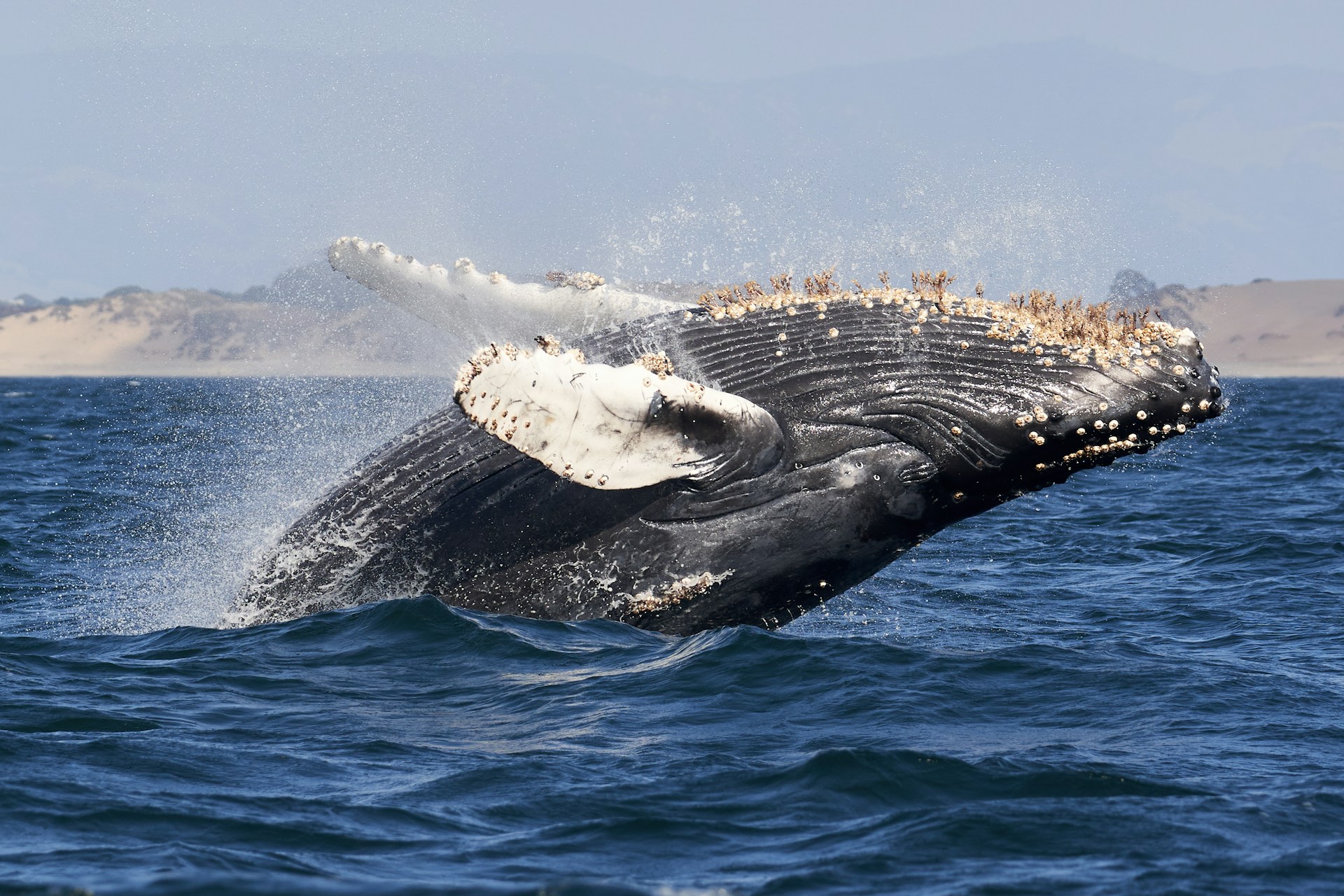
Encountering humpback whales in the waters of Oman can be thrilling yet demands caution. Found in the Persian Gulf and the Arabian Peninsula, these massive creatures can grow up to 56 feet long and weigh up to 40 tons. While generally not aggressive, their sheer size makes them potentially dangerous, especially if provoked. When engaging in whale watching, always ensure you are with a safety team to prevent unexpected encounters and possible attacks.
Blanford’s Fox

Unique to Oman, Blanford’s fox is native to the Middle East and Central Asia, inhabiting the forests and nature reserves of the country. Protected in countries like Israel, Yemen, and Oman, their population has dwindled due to human interference. Known to hunt in packs, they can be dangerous when provoked, causing infections and fatal diseases through bites and scratches. Caution is advised, especially in areas where they are known to roam.
Nubian Ibex
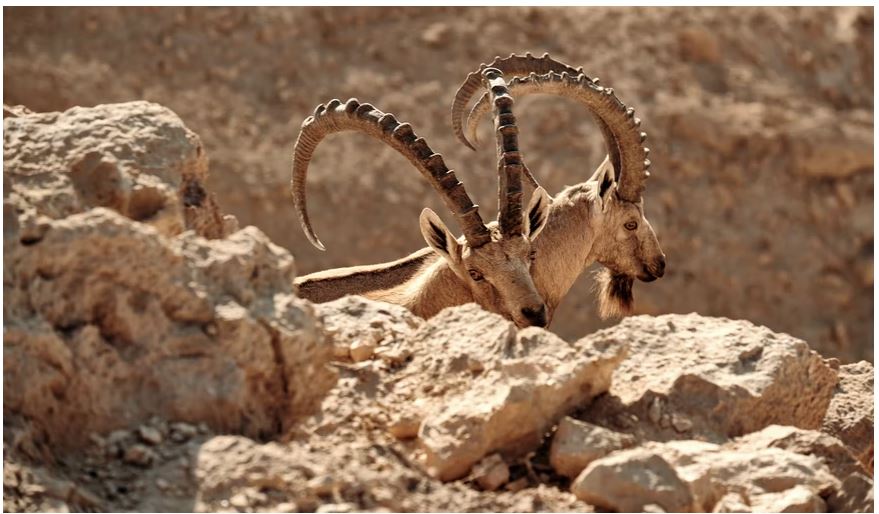
The Nubian ibex, an endangered species in Oman, is characterized by its distinctive horns. Found in the forests and grasslands of Oman, they are vulnerable due to hunting and human-animal conflicts. Symbolic in spiritual and religious contexts, these resilient creatures inhabit mountainous and high-altitude areas. While human attacks are rare, maintaining a safe distance, especially around young ones, is essential to prevent aggressive behavior.
Arabian Wildcat
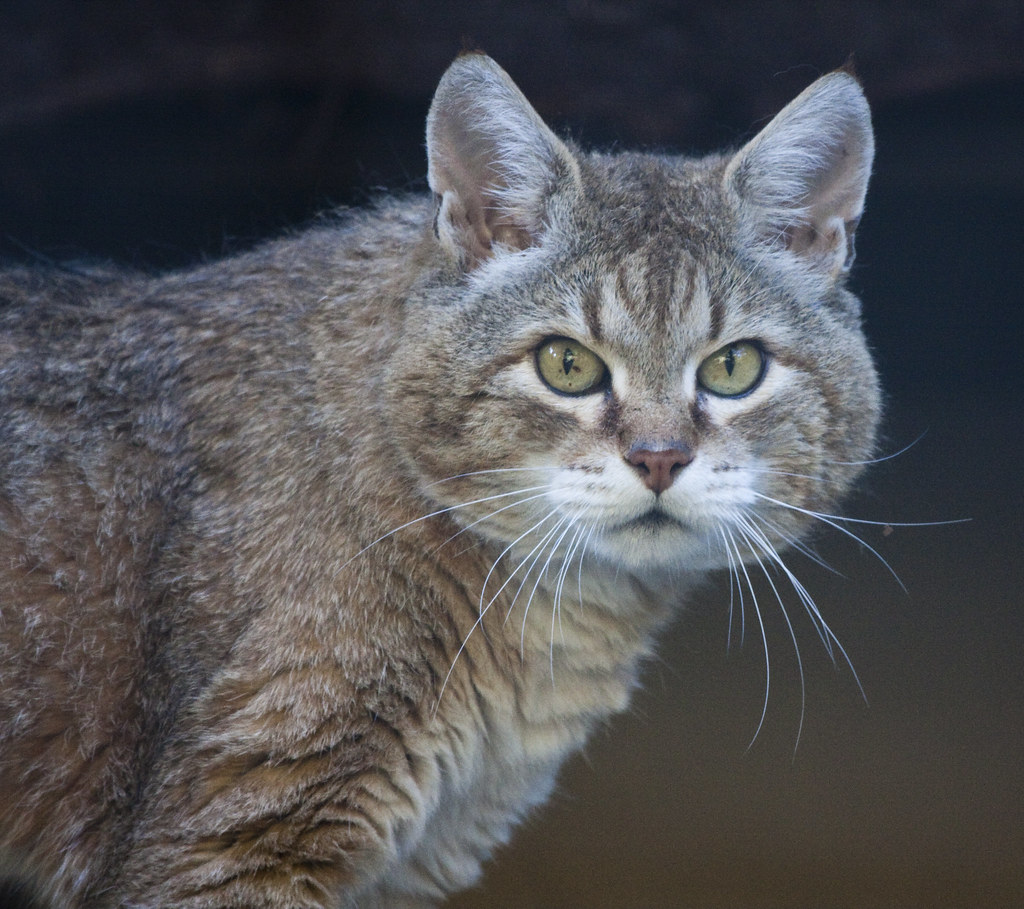
The Arabian Wildcat, a subspecies found in North Africa and the Arabian Peninsula, is larger than domestic cats with short, dense, ash-grey hair. Once threatened by human activity, government intervention has helped increase their population. However, caution is still necessary, as interactions between feral and domestic cats have led to potentially dangerous situations. When in Oman, it’s crucial to stay safe around cats, whether they are wild or domesticated.
Mountain Gazelle
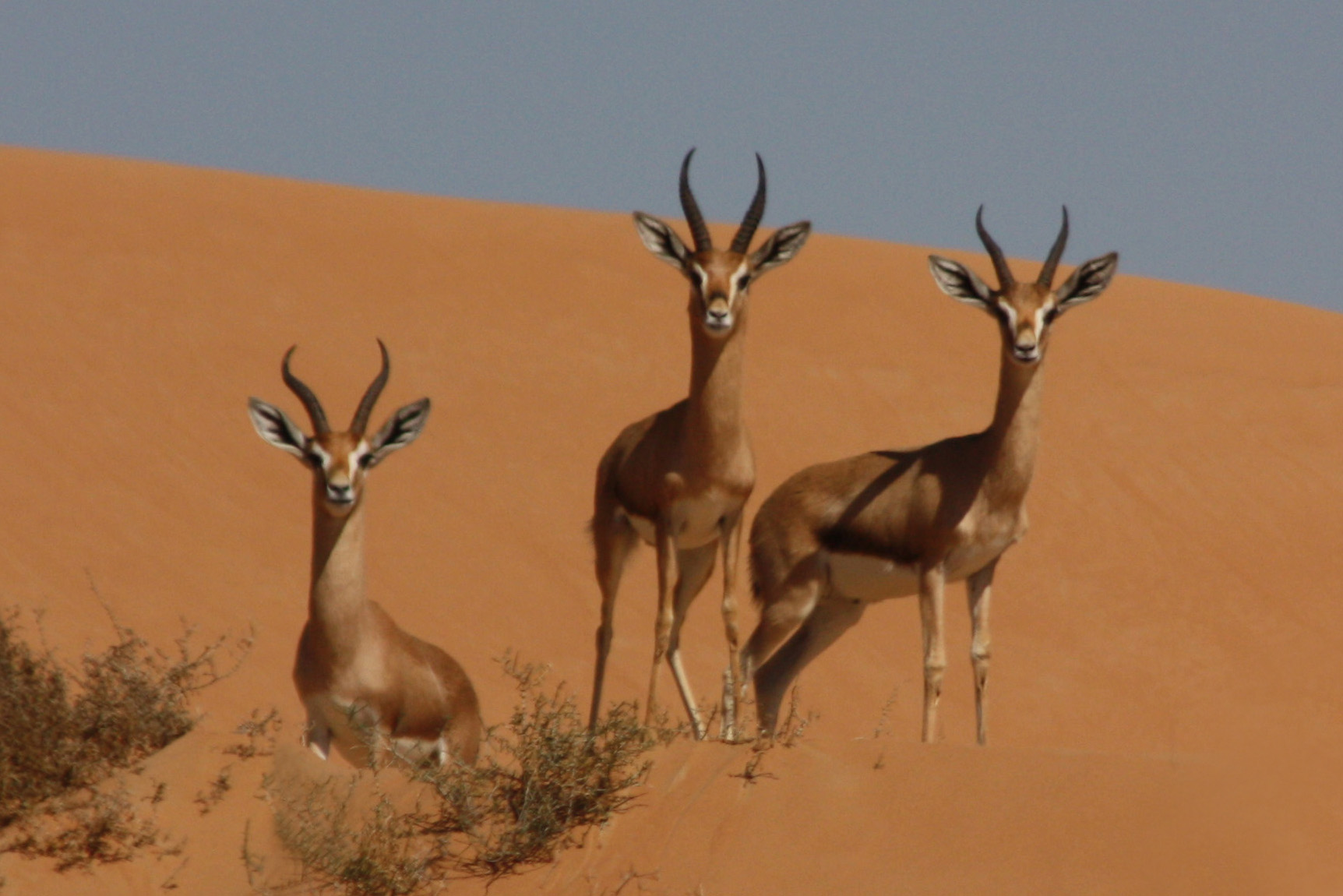
The mountain gazelle, also known as the Palestine Mountain gazelle, stands as an iconic creature in Oman. Widely distributed in the Arabian Peninsula and the Middle East, their population is dwindling due to human attacks and habitat loss. When encountering them during your trip, it’s crucial not to interfere with their habitat, as they are defensive and equipped with sharp horns for protection. Males can be aggressive during mating seasons, and females become particularly dangerous when accompanied by their young. With approximately 3,000 mountain gazelles in Oman and a declining population, it’s essential to exercise caution and avoid provoking these creatures.
Striped Hyena

The striped hyena, a native species to North Africa, the Middle East, and the Indian subcontinent, poses a significant danger in Oman. With over 10,000 striped hyenas in the country, encounters are likely during your trip. These scavengers feed on carrion and possess sharp teeth that harbor numerous bacteria, posing a risk of rabies if bitten. Immediate medical attention is crucial if attacked by striped hyenas, emphasizing the importance of staying safe and maintaining a safe distance.
Caracal

The caracal, a medium-sized wild cat native to North Africa, the Middle East, and the Indian subcontinent, is known for its solitary and nocturnal lifestyle. With slender, powerful bodies and exceptional leaping abilities, caracals are adept predators. While human attacks are rare, it’s vital to stay away from them during your trip, as bites and scratches may carry harmful bacteria, leading to dangerous diseases and fatal infections.
Honey Badger
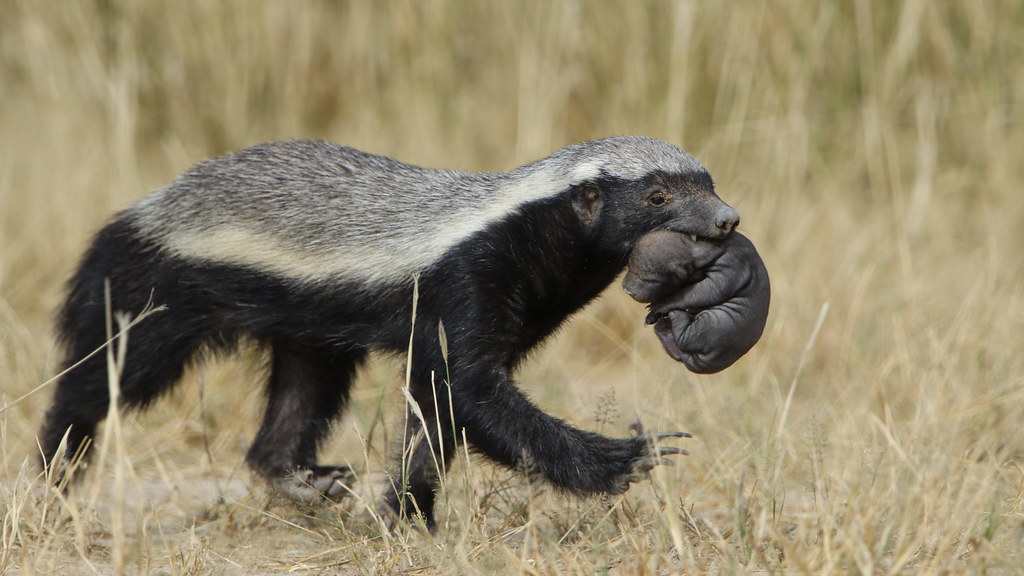
Also known as ratel, honey badgers are found in various parts of the country, including the Indian subcontinent, sub-Saharan Africa, and the Arabian Peninsula. Their aggression and ferocity make them a dangerous species, likely to attack if their habitat is interfered with. As natural predators with a diverse diet, including honey, fruits, insects, and other animals, it’s essential to keep a safe distance from their habitat during your trip.
Arabian Oryx
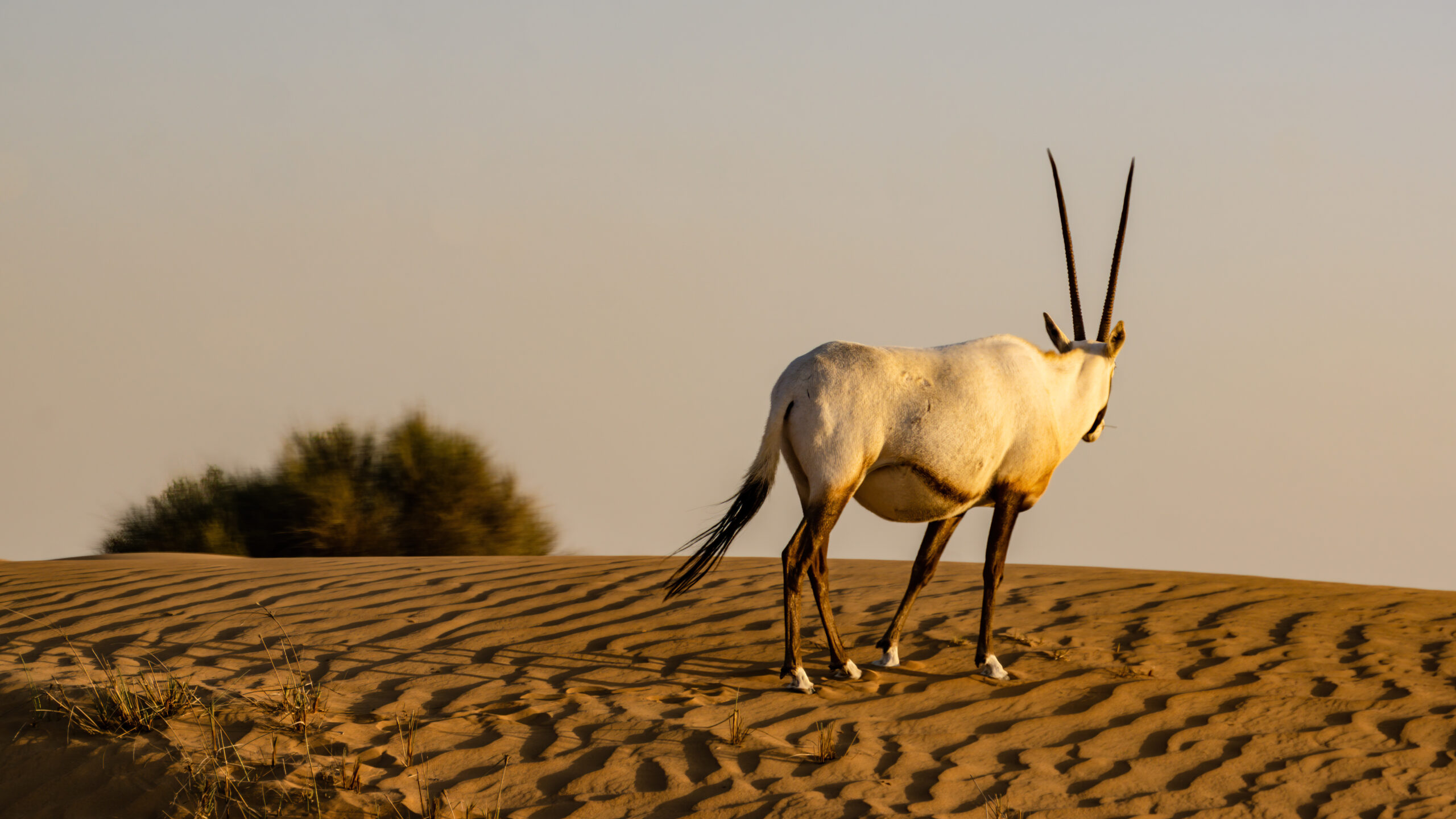
The Arabian oryx, the national animal of Oman, holds significant reverence in the country. Native to the Arabian Peninsula, these white antelopes are vulnerable due to hunting, causing a decline in their population. Known for their ability to detect rainfall and move towards it, these creatures have sharp horns for defense. While exploring their habitat during your trip, maintaining a safe distance is imperative, especially during mating seasons or when they have young ones, as they are known to be aggressive during these periods.
____________
Here are some more countries in the neighborhood with dangerous animals:

